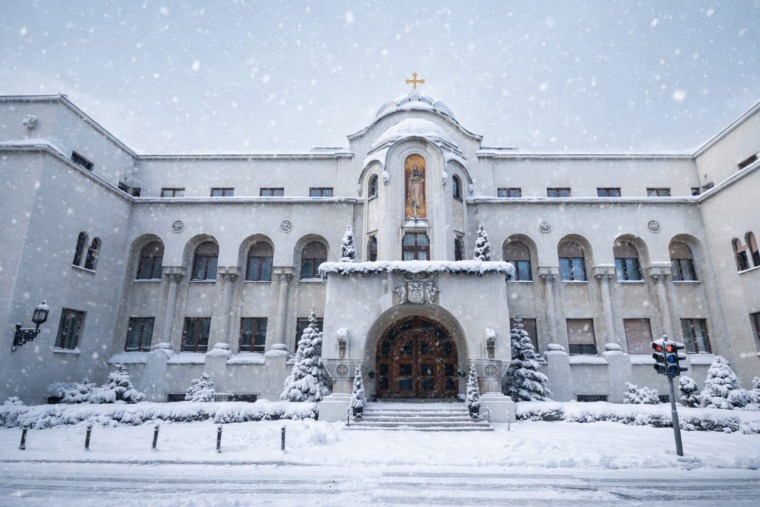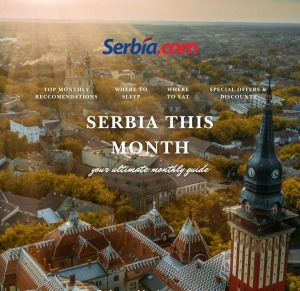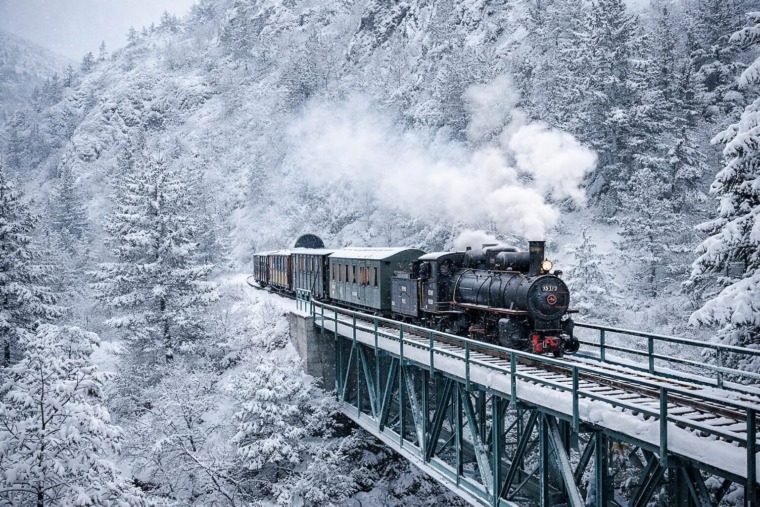
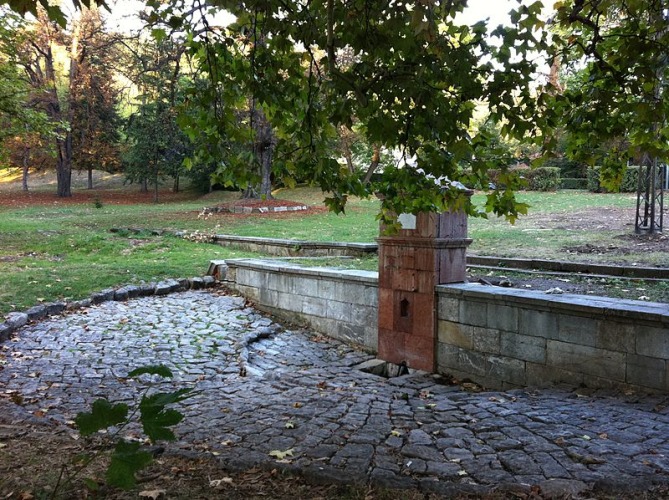
Topčider Park, the oldest park in Belgrade, is located on the lush Topčider hill which greenery hides the Topčider River. In this idyllic scenery Serbian Prince Miloš Obrenović built his residence (The Residence of Prince Miloš) that later became the Palace of the Principality of Serbia, today a part of the Museum of Serbian History. Topčider has remained a favorite picnic-site of Belgraders due to its extraordinary nature, historical significance and restaurants of traditional cuisine
During the early 16th century Turks casted here cannons for the attack on Belgrade. Then it became the favorite picnic site of Belgrade Pashas and later of Austrian gentlemen, until Prince Miloš decided to build a residence and palace complex. A story has it that the Prince was so fascinated with the nature that he passed the order that “…no carriages would be allowed here, in order not to spoil the meadows!”
Today Topčider is more than a park and picnic site that treasures an important part of the Serbian history. The Topčider River with several wooden bridges adds to its charm. Romantic ambient of the Park is particularly interesting to newlyweds who come here before the wedding in order to have their photos taken and to take a ride on a carriage, making the most beautiful memories of this special day.
And with the sound of bells and horse shoes all visitors will get a chance to feel a spirit of ancient times riding in between streams and ponds, rare vegetation that decorates the Park.
The Prince entrusted the park that was opened for public in 1903, to the best Czech and French gardeners. They planted here a monumental plane tree, today one of the symbols of Belgrade. This tree is considered one of the most beautiful and the oldest plane trees in Europe.
Branchy treetop of this green giant still makes a shade to “The Residence of Prince Miloš” from 1834. This is where the Prince loved drinking coffee and smoking chibouk, and the stone, called “binjektaš” that would help the Prince mount his horse, still stands in front of the residence.
“The Residence of Prince Miloš” belongs to the residential type of architecture of the Ottoman Empire. During Miloš’s second reign (1858-1860) it became the Palace of the Principality of Serbia where the Assembly was seated.

Topčider didn’t bring luck to Prince Mihailo Obrenović. While walking in Košutnjak, near the Park, he was killed by conspirators in 1868. Today there is a monument on the spot, and Hajdučka Fountain and a spring where according to a legend, Prince Miloš secretly meet with hajduci is a few meters away.
Right at that time the construction of the Small Residence was initiated. As a summer house it was probably used by Miloš’s son Mihailo, who later also became the Prince. Unlike the Residence of Prince Miloš, the Small Residence was built under the influence of West European architecture.
The Residence of Prince Miloš was later turned into the Museum of Prince Miloš and Mihailo. For a while the Forestry Museum was located here, and later it became the Museum of the First Serbian Uprising which display was used as a starting point for the foundation of the Museum of Serbian History. Today a part of its permanent display is exhibited in the Residence.
Here visitors can see collections that chronologically represent the history of Serbia with special focus on liberation wars. They include weapons and military equipment from the end of the Middle Ages, uniforms, flags, insignia, maps, plans and atlases, stamps, posters, photos and postcards of historical themes. From April to October, the Museum is open from 10 am to 5 pm and from October to April the working hours are from 11am to 4 pm.
A monumental stone obelisk symbolizing the long reign of Prince Miloš was erected near the Residence. In the Park lies also the Monument to Archibald Reiss, Swiss criminologist, publicist and honorary captain in the Serbian army who investigated crimes of forces of Austro-Hungary, Germany and Bulgaria against civilians in Serbia during the World War I. The Žetelica (Harvester) sculpture from 1852 representing Ceres, the goddess of agriculture, stands out with its beauty in the Park.
In the 30-ties of the 19th century the Park got the first mehana (tavern). Today it is the restaurant “Milošev Konak”, named after the nearby Prince’s residence. It is a wonderful place to enjoy nature and rich menu of traditional cuisine. National specialties can also be found at the menu of the “Šarić” restaurant, also set in the ambient of Topčider Park.
Not too far from the Residence, at the place where after an intense confrontation with Karadjordje during the First Serbian Uprising the life of Prince Miloš was spared, he erected the Church of Saint Apostles Peter and Paul with a Church Residence behind it. Near the Church is Fountain of Miloš, and not too far from there are Vračar Fountains.

Near Topčider in Dedinje another palace complex is located, the palace of the Karadjordjević dynasty. In Senjak, there is the memorial house of king Petar I Karadjordjević, where he spent his last years as well as The Presentation of the Virgin Mary Orthodox monastery from 1936.
How to get here?
Topčider is bordered by Vojvode Mišića Boulevard and Vojvode Putnika Boulevard as well as by the tracks of the tram line number 3. The bus line number 44 starting at the Dunav stanica (Danube Station), crossing the city center – Kneza Miliša Street, will take you to your destination.
Foto1: Wikimedia Commons, Miloš Davidović under the Creative Commons Attribution-Share Alike 3.0 Unported license.
Foto 2: Wikimedia Commons, Ranko, under the Creative Commons Attribution-Share Alike 3.0 Unported license.
Related Articles


From Fireworks to Family Dinners: New Year’s Eve Across Serbia
December 31, 2025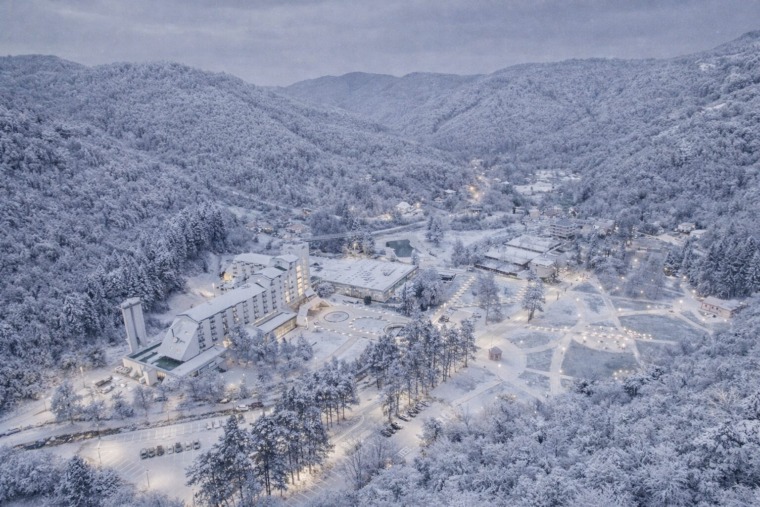
Kuršumlijska Banja: Serbia’s Quiet Winter Spa Escape
December 30, 2025
Novak Đokovic Receives Special Globe Soccer Award in Dubai
December 29, 2025
From Culture to Sport: The Moments That Shaped Serbia in 2025
December 27, 2025


